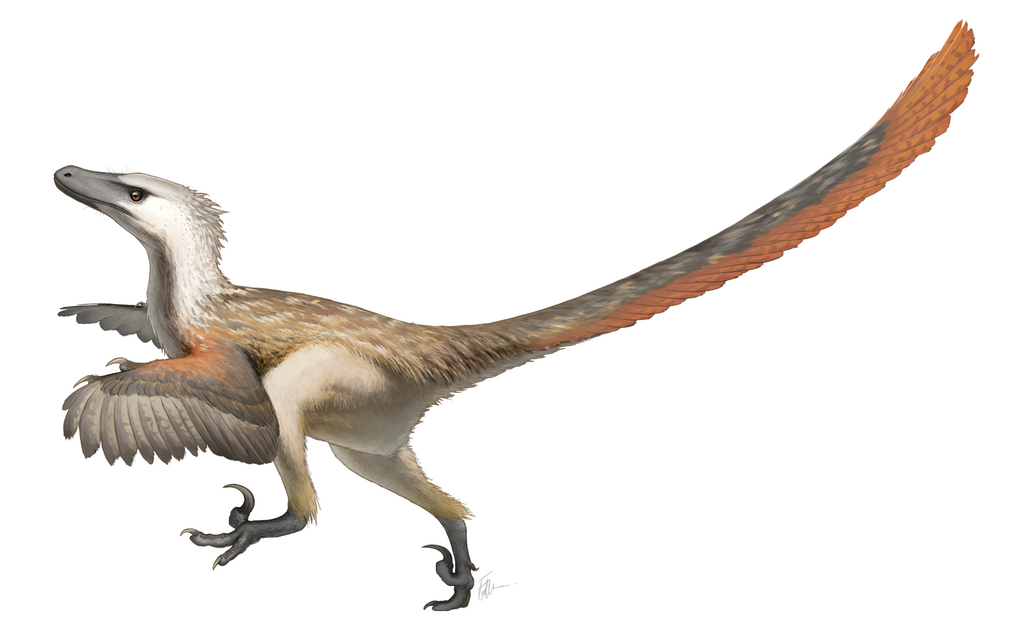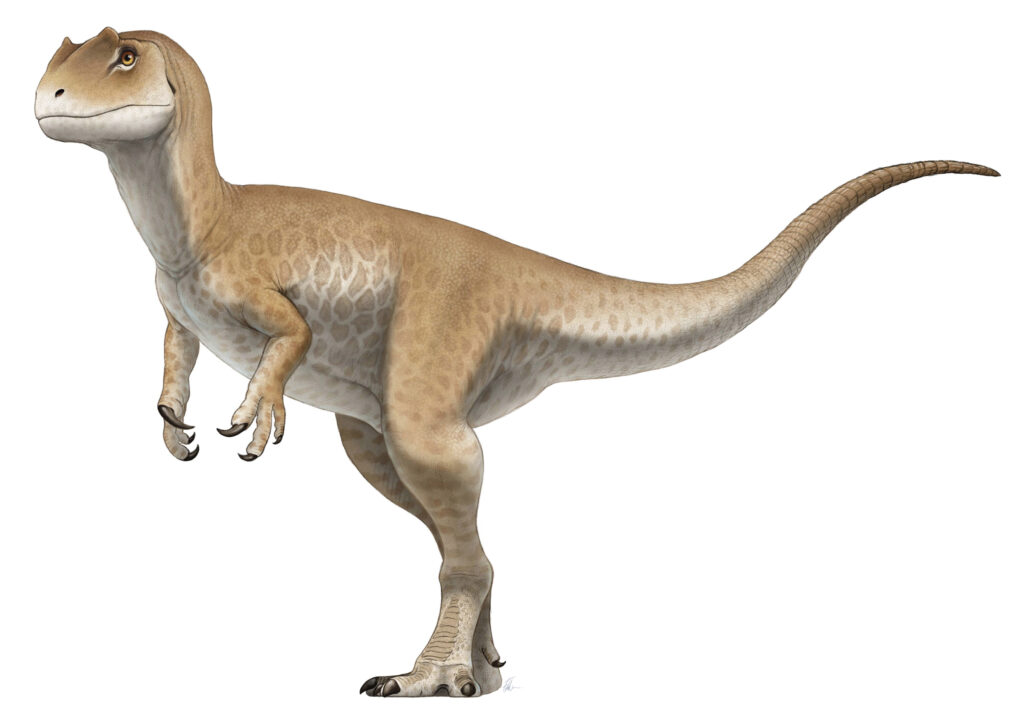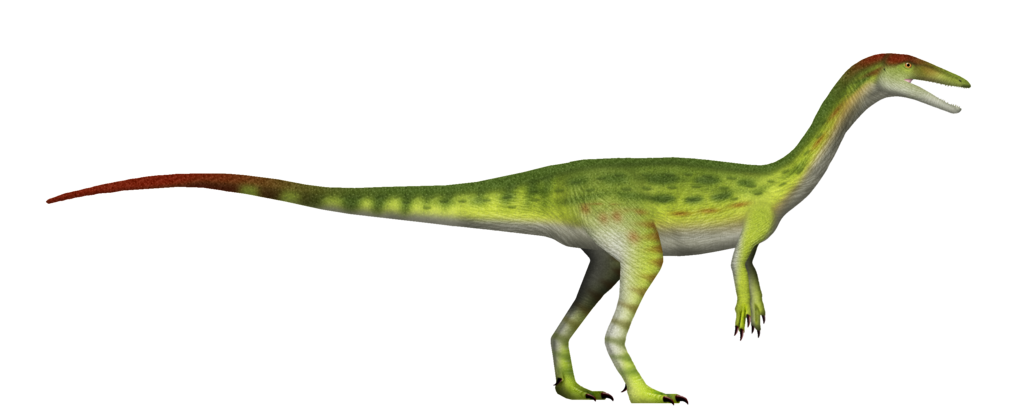The idea of humans and dinosaurs sharing the Earth has captivated our imagination for generations, from “The Flintstones” to “Jurassic Park.” While popular culture often depicts these scenarios for entertainment, the scientific reality presents a fascinating thought experiment. In truth, non-avian dinosaurs went extinct approximately 66 million years ago following the Chicxulub impact event, while modern humans (Homo sapiens) only emerged about 300,000 years ago—creating a gap of over 65 million years. Despite this temporal divide, exploring this hypothetical coexistence through a scientific lens reveals intriguing insights about evolution, ecology, and the development of human civilization. Let’s examine what might have happened if, by some evolutionary twist, humans and dinosaurs had shared the planet.
The Evolutionary Timeline Conundrum

For humans and non-avian dinosaurs to coexist, the entire evolutionary timeline would require radical restructuring. Mammals remained small, primarily nocturnal creatures during the dinosaurs’ reign, only diversifying and growing larger after the dinosaurs’ extinction created ecological opportunities. If dinosaurs had persisted, our primate ancestors likely would never have evolved beyond small, tree-dwelling forms. The environmental pressures that shaped human evolution—open savannas, changing climate patterns, and ecological niches vacant of large predators—simply wouldn’t have existed in the same way. This evolutionary paradox represents the first major scientific hurdle in imagining human-dinosaur coexistence, as our very existence depended on their absence.
Dinosaurs as Apex Predators

In a world where humans and dinosaurs coexisted, apex predators like Tyrannosaurus rex and Velociraptor would have dramatically altered human development and behavior. Early humans evolved in environments where large cats, bears, and canines represented the primary predatory threats—dangerous, but manageable with proper tools and social cooperation. Dinosaur predators, however, would have presented an entirely different scale of threat. A fully grown T. rex, standing 12-13 feet tall with bite forces exceeding 12,000 pounds, would have made early human settlements virtually impossible without sophisticated defenses. Our ancestors would have likely developed entirely different survival strategies, possibly remaining arboreal much longer or developing underground dwelling patterns to avoid detection by these super-predators.
Competition for Resources

Resource competition between humans and dinosaurs would have created extraordinary ecological pressures. Large herbivorous dinosaurs like Triceratops and Apatosaurus consumed massive quantities of vegetation—an adult sauropod could eat hundreds of pounds of plant matter daily. This level of consumption would have significantly reduced plant resources available for human foraging and early agriculture. The megafauna of the Pleistocene era, which early humans encountered, were considerably less numerous and smaller than dinosaur populations at their peak. Agricultural development, a cornerstone of human civilization, might have been delayed or taken entirely different forms in response to competition with dinosaur herbivores, potentially leading to specialized farming methods designed to protect crops from dinosaur foraging.
Human Hunting Capabilities

Human hunting strategies would have evolved quite differently in response to dinosaur coexistence. Archaeological evidence shows early humans developed increasingly sophisticated hunting technologies to target large mammals—spears, bows, traps, and coordinated group tactics. However, these methods would have required significant modifications to be effective against dinosaurs. The thick hides of many dinosaur species would have resisted stone-tipped weapons, while their speed and size would have made them challenging targets. Specialized hunting technologies might have emerged, perhaps poisoned projectiles designed to penetrate dinosaur skin or elaborate trapping systems. Evidence from historic human encounters with megafauna suggests we would have targeted juvenile dinosaurs preferentially, as they would provide substantial food with less risk than fully-grown specimens.
Human Settlement Patterns

Human settlement patterns would reflect the omnipresent dinosaur threat in this alternative world. Rather than developing open villages in fertile plains, early humans might have preferred cliff dwellings, island settlements, or mountainous regions less accessible to large dinosaurs. Architectural designs would prioritize defense against creatures of unprecedented size and strength, with walls and barriers scaled accordingly. The first permanent human settlements might have emerged in areas naturally protected from dinosaur incursions—perhaps island environments where dinosaur populations were limited or absent. The spread of human civilization would likely follow patterns dictated by dinosaur distribution rather than just climate and resource availability, creating a completely different map of early human expansion compared to our actual history.
Dinosaurs as Domestic Animals

The possibility of dinosaur domestication represents one of the most intriguing aspects of this hypothetical coexistence. Humans have successfully domesticated numerous species, from wolves to aurochs, through selective breeding for docility and usefulness. Could dinosaurs have undergone similar processes? Smaller dinosaurs with social structures, like certain ornithopods or dromaeosaurs, might have been candidates for domestication given sufficient time and selective pressure. The benefits would be substantial—imagine ceratopsians serving as living tractors for agriculture or small, swift theropods trained for hunting. However, the biological reality presents significant challenges: the reptilian brain structure of dinosaurs differs substantially from mammals, potentially limiting their receptiveness to domestication techniques that worked on dogs and cattle. Dinosaur domestication would likely require millennia longer than mammalian equivalents, if possible at all.
Ecological Impact and Balance

The ecological balance in a human-dinosaur world would differ dramatically from anything in Earth’s actual history. Dinosaurs dominated terrestrial ecosystems for over 160 million years, developing complex ecological relationships. Introducing humans, with our tool use, fire manipulation, and tendency to modify the environment, s—would create unprecedented ecological pressures. Humans might accelerate dinosaur extinctions through hunting and habitat modification, as occurred with many Pleistocene megafauna. Conversely, dinosaur predation and competition could severely limit human population growth. The resulting ecological dynamic might reach a complex equilibrium, with humans carving out protected niches while dinosaurs maintained dominance in wilderness areas. Alternatively, one group might eventually drive the other to extinction or near-extinction, depending on adaptability and reproductive rates.
Cultural and Religious Development

Human cultural and religious development would unquestionably reflect the dinosaur presence in profound ways. Throughout history, human mythology and religious practices have incorporated local megafauna—lions, bears, and elephants feature prominently in various cultural traditions. Dinosaurs would likely occupy central positions in human mythology, perhaps as deity figures, demons, or cultural heroes. Cave paintings might depict hunting scenes featuring theropods rather than mammoths. Religious rituals could involve dinosaur remains or focus on placating dinosaur-like deities. The concept of dragons, which appears independently in multiple human cultures, might have direct dinosaur inspiration rather than being derived from fossil discoveries. Human identity itself might develop with dinosaurs as the primary “other” against which humanity defines itself, rather than other hominid species or large mammals.
Scientific and Technological Development

The trajectory of human scientific and technological development would follow dramatically different paths in a dinosaur-populated world. Necessity drives innovation, and the need to defend against and possibly utilize dinosaurs would spur specific technological developments. Metallurgy might advance more rapidly, driven by the need for weapons capable of penetrating dinosaur hide. Architectural engineering would face unique challenges in creating structures secure from creatures of unprecedented size. Biological sciences might focus initially on understanding dinosaur behavior for survival purposes, potentially accelerating certain fields of study. Conversely, other technologies might develop more slowly—agricultural techniques would need to account for dinosaur foraging, potentially slowing the transition from hunter-gatherer societies to settled farming communities and delaying the population booms that drove many technological revolutions.
Disease and Pathogen Transmission

The disease ecology of a human-dinosaur world presents fascinating scientific questions. Zoonotic diseases—those that jump from animals to humans—have shaped human history profoundly, from bubonic plague to COVID-19. Most human pathogens originated in mammals, whose physiological similarity to humans facilitates cross-species transmission. Dinosaurs, being reptilian rather than mammalian, would likely harbor pathogens less adaptable to human hosts. However, over long periods of coexistence, some pathogens might evolve the ability to infect both dinosaurs and humans, creating novel disease vectors unlike anything in our actual evolutionary history. Humans might develop unique immune adaptations in response, while dinosaur populations could be devastated by human-introduced pathogens, similar to how European diseases affected indigenous American populations during colonization.
Climate Adaptation Differences

Differences in climate adaptation between humans and dinosaurs would create interesting geographical distribution patterns in this hypothetical world. Many dinosaur species, particularly the larger ones, evolved in warmer Mesozoic climates with higher oxygen levels than the Quaternary period of human evolution. Humans, meanwhile, demonstrated remarkable adaptability to varied climates, from equatorial regions to near-Arctic conditions. In cooler regions, humans might find competitive advantages over dinosaurs, particularly if the latter retained some of their climate limitations. Mountain ranges, cooler uplands, and northern latitudes might become human strongholds relatively free from dinosaur competition. Conversely, tropical and subtropical regions might remain dinosaur-dominated, with humans occupying specialized ecological niches or existing only in protected enclaves. This climate-based distribution would create a patchwork of human and dinosaur-dominated territories rather than worldwide competition.
The Modern World Reimagined

A modern world with both humans and dinosaurs would be unrecognizable compared to our reality. Cities might incorporate massive barriers or exist primarily in locations naturally protected from dinosaur incursion. Transportation networks would require safeguards against dinosaur interference—perhaps elevated roadways or reinforced vehicles capable of withstanding dinosaur attacks. Wildlife management would focus heavily on maintaining separation between human habitation and dinosaur territories. Tourism would certainly feature dinosaur viewing opportunities, carefully managed, similar to modern African safari experiences, but with significantly enhanced safety measures. Industries might develop around dinosaur products—everything from meat and leather to specialized dinosaur husbandry. Legal frameworks would need to address dinosaur-human conflicts, property damage, and conservation measures for threatened dinosaur species. The entire framework of modern society would develop around the central reality of dinosaur coexistence.
Conclusion: An Entirely Different World

The scientific thought experiment of human-dinosaur coexistence reveals how profoundly different our world would be if evolutionary history had taken this alternative path. From basic survival strategies to the highest forms of culture and technology, human development would reflect adaptations to dinosaur presence at every level. While popular entertainment often depicts such coexistence simplistically, the ecological, evolutionary, and anthropological realities would create complex dynamics unlike anything in Earth’s actual history. This exploration, while firmly in the realm of speculation, helps illuminate the contingent nature of our evolutionary journey and the remarkable sequence of events that led to human dominance on a planet once ruled by dinosaurs. In reality, we live in the shadow of these magnificent creatures, separated by millions of years yet connected through the unbroken thread of Earth’s biological history.




